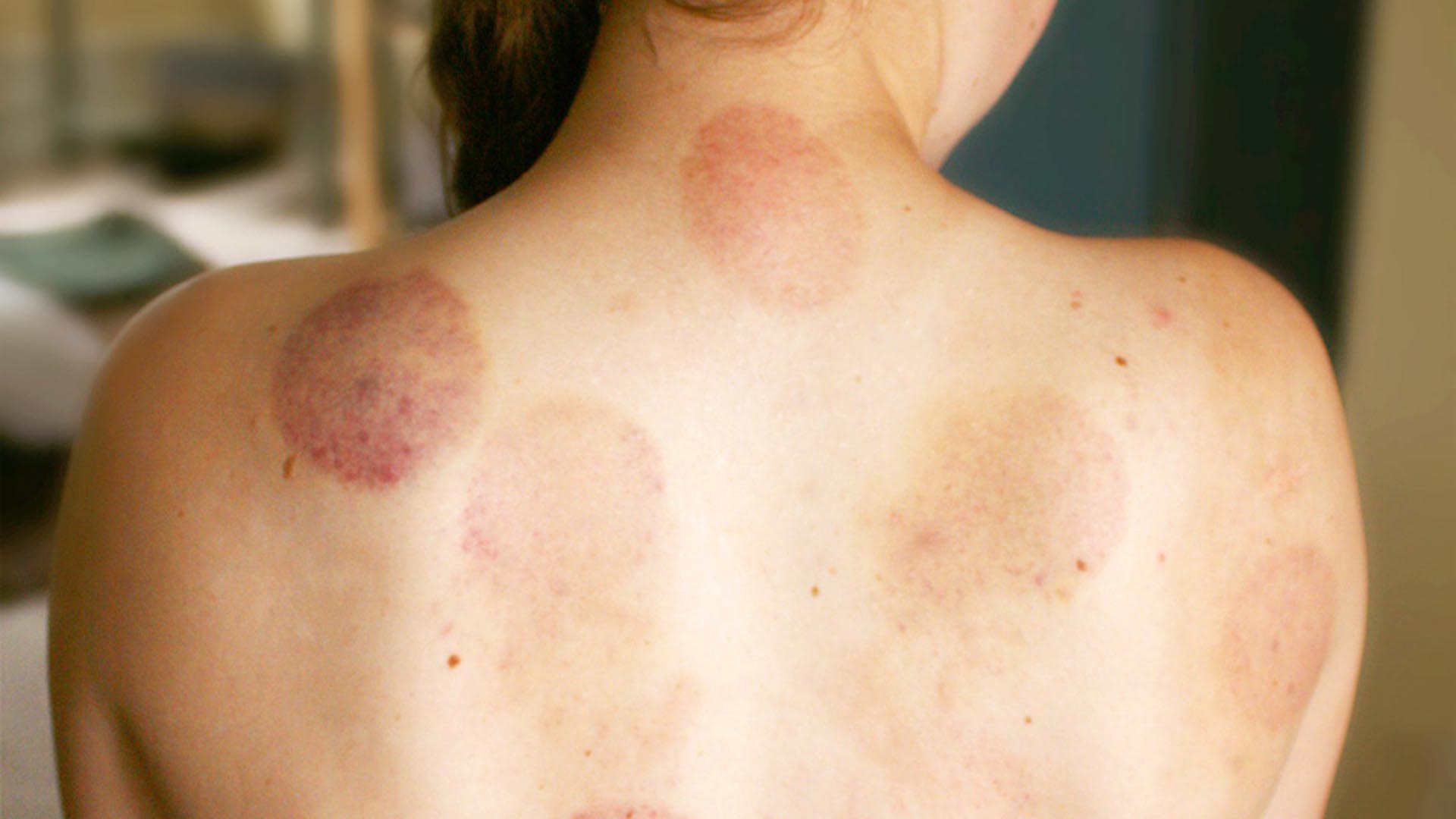Cupping, an ancient healing process used to help people’s wellbeing. Celebrities and Olympics athletes getting cupping therapy now proudly show off the marks in public.
How does cupping work?
People more familiar with cupping procedures are aware that the marks are indications that the treatment has been successful in drawing out harmful pathogens and toxins. Traditional Chinese Medicine believes these toxins block the meridians (channels, jingluo 经络) lead to certain disease. Cupping suction can help unblock the stagnant by bring toxins to the surface, just under the skin from where they are metabolized by the body’s natural processes. Removal of these toxins makes way for fresh circulation (blood, fluid, and nutrients et al.) go to the diseased parts and heal the body.
Licensed under the Creative Commons Attribution 2.0 Generic Amy Selleck from Portland, OR, USA
Cupping marks are not only bruises
Cupping marks cannot be called bruises simply because of the way bruises are caused. Bruises appear when the body experiences some kind of blunt injury or trauma. The impact can break the blood capillaries present under the skin, which is why you see the redness. The body responds to the injuries with a rush of healing fluids to the area that also contribute to the bruising or redness. When the proteins at the injury site begin to coagulate, blood circulation reduces and the patient feels pain. Cupping marks are caused by suction from the cupping set instead of the pressure in case of trauma, and works to bring toxins to the surface. The most important differentiating factor is the cupping marks do not cause pain and if there is any discomfort, it is minimal and goes away quickly.
Duration and indicators of cupping marks
Some of the first questions people have are regarding how long cupping marks will last and what they indicate. The colouring typically ranges from bright red to a darker purple, and can last from 3 days to a week. A darker colouring means that there is a high level of toxins and stagnation in the section of the body that has been treated. In this case, the marks can last for up to 3 weeks. However, if there are hardly any toxins, the colouring could be just a light pink and is likely to dissipate within a few hours. Patients also note that even if the initial treatments cause darker colour marks, subsequent sessions result in lighter and lighter marks as the pathogens leave the body. After a point, there will be no marks whatsoever even if more intense suction is performed and for longer durations at a given time. However, in cases where the patient has experienced an injury, multiple cupping sessions may be needed to induce healing in the deeper tissues of the body.
Cupping marks’ type and colour explained
Water drops in the cup, cold or dampness
Blisters/bubbles after cupping, normally means dampness, accumulated fluids in the tissues, and cold
Pale skin marks after cupping, feel cold on the skin; deficiency cold or dampness
Dark, purple spot cupping marks , stagnation and cold
Light or bright red spot cupping marks, Qi and blood deficiency, Yin deficiency
Little dark spots scattered in the cupping mark, deep Qi and blood stagnation
Skin lines in the cupping marks or itch feeling after cupping, wind or dampness

